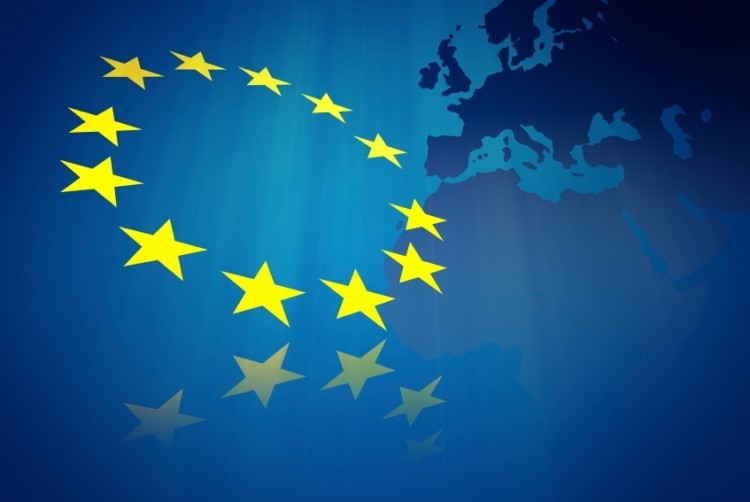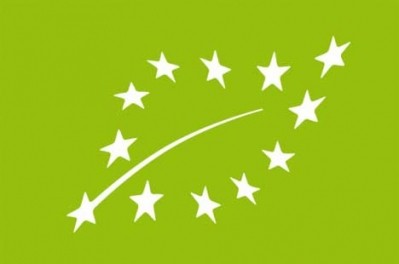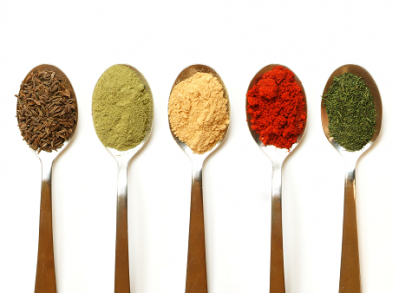Irish-Scot firms harbour German market ambitions

The initiative, funded by the European Regional Development Fund (ERDF) and the cross regional programme Interreg IVA, aims to establish six cross-border ‘clusters’. The clusters will focus on exportation to Southeast England, France, Benelux (Belgium, the Netherlands and Luxemburg), Germany, Scandinavia and North America.
It is hoped that over the next three years the programme will increase export sales of 90 regional food and drink manufacturers by £19m (€22.93m).
Cross-border trade
Following the launch of the German leg of the initiative on January 16, two Scottish companies – Galloway Lodge Preserves and Islay Ales – and five companies from the border regions of Ireland and Northern Ireland have been signed up.
Irish Exporters Association, Northern Ireland Food and Drink Association and Scotland Food and Drink have partnered with the scheme which aims to up-skill a further 400 SMEs across all six of the regions.
Speaking at the launch event earlier this month, Amanda Brown, industry development director for Scotland Food & Drink said that this marked an exciting new phase for Access 6. “With 82 million consumers and growth of 3% in 2012 alone, the opportunities for exporting [to Germany] are exceptional,” she said.
Europe’s largest market
The German cluster will see consultancy firm Green Seed Germany preparing the SMEs for launch in the German retail and food service sector, a market with an estimated sales value of €236bn.
Nicole Günther, senior consultant at Green Seed Germany, said that about a third of food and drink consumed in Germany is imported. She said: “The timing is good for this project as the German market, the largest in Europe, has in recent years opened to new, innovative and international companies and products. In parallel, the food retail trade has shown an increase in gourmet food and drink categories with a polarisation resulting in growth at the premium end of the market and at the value-line lower end.”
According to the programme's assessment of each country, the German food and beverage industry should be regarded as fragmented and competitive. The Access 6 website said that a steady increase in imports due to demand for foreign and exotic foods meant greater potential within niche and trend products.
Keeping up
Speaking with FoodNavigator towards the end of last year, economic and commercial services director for the UK’s Food and Drink Federation (FDF), Steve Barnes, said that UK food and non-alcoholic beverage exports had picked up by 2.5%. However Barnes said more must be done to keep up with the rest of Europe. He said that the UK industry was slipping behind, with only one in ten British food and drink manufacturing companies exporting, a rate considerably lower than the French, German and Italian markets.
According to Barnes, there remains huge untapped potential for boosting UK food and drink exports. He said governments and federations like the FDF had a responsibility to raise awareness of this opportunity.




















